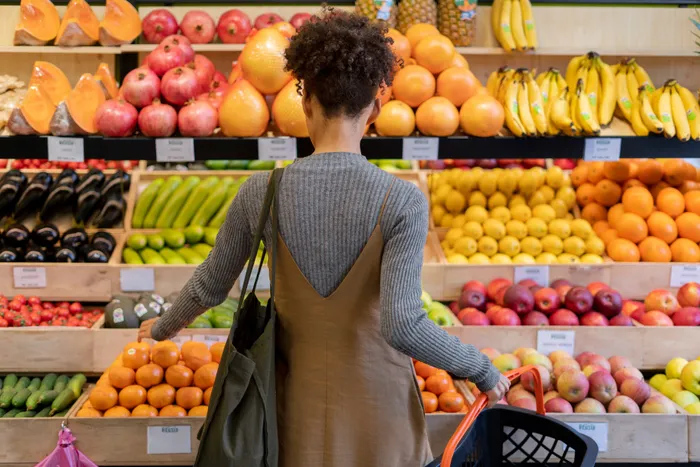Rate of increase in cost of living accelerates in April

Food basket. The rate of increase in the Consumer Price Index (CPI) went up a percentage point in April
Image: File image
The rate of increase in the Consumer Price Index (CPI) went up a percentage point in April, to 2.8%, when compared to March’s 2.7%, defying expectations from at least one economist that it would come down.
Old Mutual chief economist, Johann Els, had been hopeful that it would drop to 2.66%, or even 2.5%. However, Investec chief economist, Annabel Bishop, had expected the rate of increase in CPI to be nearer to 3% for the month of April.
Statistics South Africa data out on Wednesday morning indicated that the higher rate was driven higher by housing and utilities, food and non-alcoholic beverages, alcoholic beverages and tobacco, as well as restaurants and accommodation services.
Food inflation has been a particular bugbear in terms of monthly increases. Earlier this month, the agency noted that year-on-year, income from accommodation increased by 12.2% in February. This was the result of a 2.4% increase in the number of stay unit nights sold and a 9.5% increase in the average income per stay unit night sold. Sectors that aided keeping inflation well inside the target band of 3% to 6% included slower cost of living gains in goods and services.
South African Reserve Bank (SARB) Governor Lesetja Kganyago has been publicly suggesting that the target band will be shrunk for some time, which can only be done if National Treasury implements the necessary policies “Markets are anticipating the announcement of a new inflation target, with the range currently 3% to 6% year-on-year and the midpoint of 4.5% year-on-year. National Treasury is likely to prefer a gradual descent, as opposed to the SARB’s preference of close to 3% year-on-year,” Annabel Bishop.
In a recently published note, Statistics South Africa explained that the inflation basket of goods and services forms the foundation for calculating CPI. It identifies products that South African households spend the most money on, and these are incorporated into the basket.
The current version of the basket, updated in January 2025, consists of 391 products. The basket was updated towards the end of January. Prior to this, it last updated the basket in 2022, using data from 2019. The weights are now based on data for 2023.
Through a complicated process, the official statistical agency determines weights of each product and calculates the increase in prices, which then informs inflation. Statistics South Africa does not measure the entire basket each month, a rider on the data release noted.
IOL